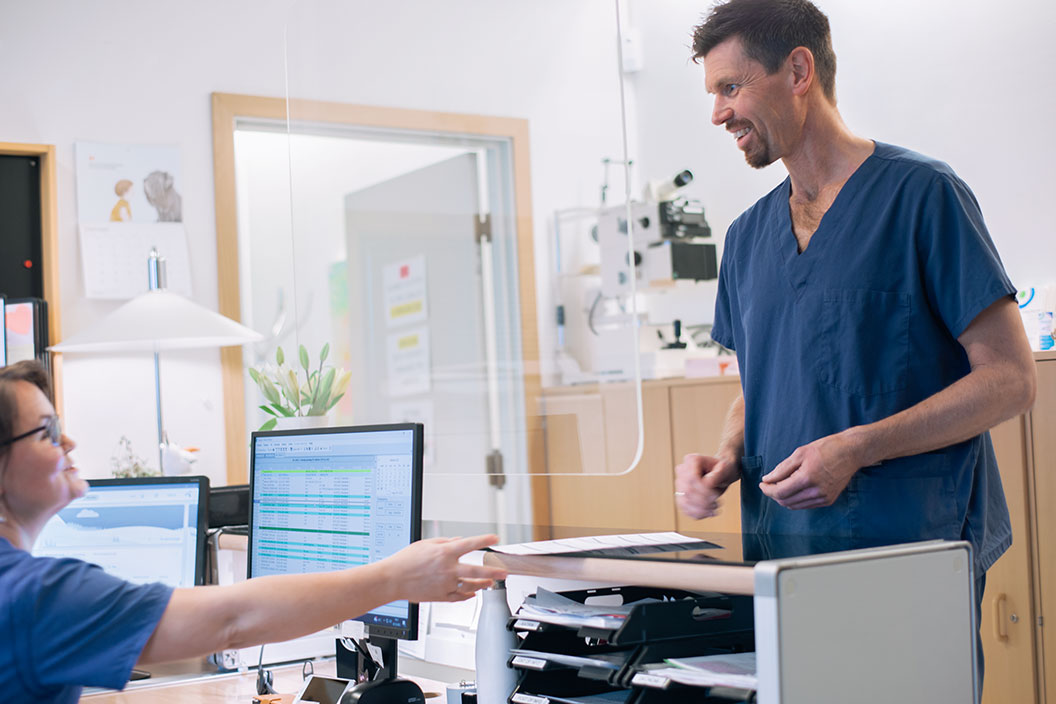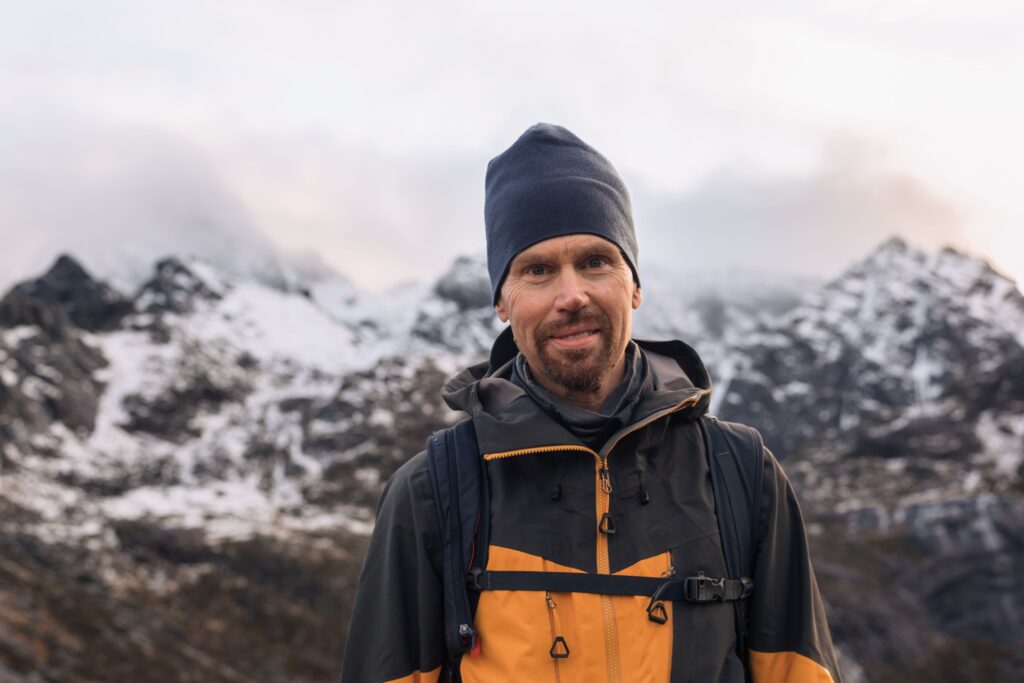
Transforming Eyecare in Remote Places with Connected Care Technology
Remote Healthcare Access Challenges & Troubling Demographic Trends

The Lofoten Islands of northern Norway are one of the most remote places in the country. Lofoten patients struggle to access quality medical care as the nearest point of care can be hundreds of kilometers away and sometimes require a full day of travel, or more, by plane or ferry to reach the right healthcare specialist.
Norwegian ophthalmologist Dr. Alexander Skau is familiar with these challenges. He studied the capacity issues in healthcare within his country and found the challenges will only continue to grow. As Norway undergoes demographic shifts, its elderly population will only continue to increase. The number of diabetes patients, as well as those suffering from cataract diseases, is also increasing significantly. He also found that at the end of the decade, patients would have to travel across the country for eye exams because there would be too few medical services available. In 2018, with contributions from Dr. Skau, the Norwegian Directorate of Health published new guidelines for diabetic retinopathy, a disease of the retina that occurs in advanced diabetes and leads to vision loss. These new guidelines pointed out the need for change.
Digital Health Solutions: A Connected Care Pilot Project in Lofoten

Facing the access challenges of patients in remote areas like Lofoten and demographic trends, Dr. Skau launched a pilot project with ZEISS in 2018. The goal was to make it easy to examine patients remotely using a device and software.
“Why not just try it?” says Dr. Skau and smiles.
In his ophthalmology practice, he saw an opportunity to use technology to help people receive care where they live – because digital health technologies allow him to examine them from anywhere. The pilot program Dr. Skau and ZEISS set up includes a device and corresponding software. The device, a camera with an ultra-wide-angle lens placed in an optician’s office in a remote location, can take high-resolution images of a patient’s retina. The software sends this data in real time via the cloud to the central clinic where an ophthalmologist receives the image. They can then examine the retina without the patient having to make an extra trip, providing both comfort and time savings.
This connected care approach is fundamentally changing healthcare for patients in remote areas. They no longer must travel far for their annual or biannual checkup. The checkup is done where they live and is made possible by the digitalization of medical technology.
The Impact of Dr. Skau’s Pilot Project in Lofoten

Cecilie Naima Kristoffersen is a skilled optical technician in one of the optical shops on the Lofoten Islands. Here, she performs on-site checks with numerous patients of Dr. Skau. She recognizes that the patients also trust the innovative system. “They appreciate having the service closer to them. Of course, they might enjoy the personal touch of visiting their doctor in person, but the majority truly embraces this system because it’s so simple. They no longer have to take an entire day off from work just for the examination.”
Dr. Skau approaches innovation in medicine and technology as a logical next step in healthcare.

Connected Care: Lofoten’s Pilot as a Solution for Global Problems
The problem of medical care in remote areas doesn’t stop at Norway’s borders – it’s much bigger in other parts of the world. And, of course, many people not only need regular eye exams but also other medical checks. Dr. Skau is convinced that connected care can be a key to solving these problems as well. “I love progress, new technologies excite me. And it fills me with joy to witness the constant evolution of our world. Things are moving forward, not as fast as we would like, but they are moving forward,” he explains, proud to be doing his part to improve healthcare.
The ophthalmologist’s work showcases the power of innovation, proving that groundbreaking change doesn’t always require a complete system overhaul. By merging existing resources like ultra-widefield retinal cameras and cloud technology, Dr. Alexander Skau and ZEISS have not only transformed healthcare on the Lofoten Islands but have created an example for new remote care possibilities in medicine globally. As Dr. Skau aptly puts it, “We are a part of something bigger. Not just me, but everybody.”
In Focus: Connected Care and Digital Health Solutions

What are the latest trends in digital health solutions?
Since the start of the Covid-19 pandemic, remote care has become a larger part of everyday life. More and more treatments are being carried out remotely, for example via video chat. This not only saves time and money, but also increases the comfort of treatment. Another trend is the digital patient record. Clinics can digitally store all of a patient’s relevant health information in a file that can be accessed by the treating specialists, for example. Artificial intelligence (AI) has also gained a foothold in the healthcare sector. It can help examine blood counts, analyze tissue samples or evaluate MRT-ray images.
What does connected care mean for healthcare?
Connected care describes the networking of various technologies for the purpose of preventive healthcare. For example, connected, interactive digital health applications can help people improve their health early and on an individual basis. This includes remote monitoring, mobile applications, smart clothing and wearables. These are just a few examples of modern health technologies that share important information that supports health education, self-assessment, and preventive care.
How does connected care work?
In connected care, a variety of health-related devices or technologies are networked together to provide information about a person’s health. A fitness tracker, for example, collects a variety of health data and compiles it into a picture. If a doctor can access it, it can help them make a diagnosis. Connected care can also be the digital patient record, which gathers all relevant information about a patient and is accessible to all doctors involved. This means that doctors can not only collect their patients’ data in a decentralized manner, but also share it with colleagues from other medical fields at any time – for even better patient care.
© 2024 Carl Zeiss AG. All rights reserved.